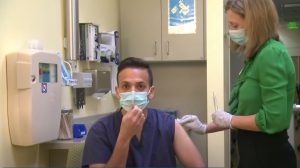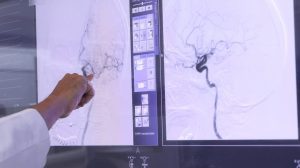NEW YORK (Reuters Health) – Kids with minor blunt head trauma generally don’t need to be kept for observation after their first computed tomography (CT) scan comes back negative, suggests a new study.
Those kids are “at such low risk for neurologic deterioration and neurosurgical procedures that hospitalization for serial neurologic examinations is typically not necessary,” the authors report in Annals of Emergency Medicine.
Led by Dr. James Holmes of the University of California, Davis School of Medicine, the researchers conducted a prospective observational cohort study at 25 U.S. emergency departments.
The study included 13,543 kids with a Glasgow Coma Scale (GCS) score of 14 or 15 with normal CT results during evaluation in the emergency department. The researchers tracked how many kids were hospitalized and observed for neurologic deterioration. They followed up with both these kids and with kids who were discharged to determine how many underwent further scans or surgery.
Mechanism of injury included sports injuries, falls, and bike and car crashes. Kids were a median age of 8.9 years, and almost two thirds were boys.
In total, 18% of all kids were hospitalized for observation. Of those kids, 137, or 6% had another CT or magnetic resonance imaging (MRI) scan. Sixteen of those scans were abnormal, showing cases of skull fracture or cerebral contusion, hematoma, or edema. None of the kids needed neurosurgery.
The researchers were able to follow up with 79% of kids that were discharged right away. Of them, 171, or 2%, came back later for another scan. Five of those showed abnormal results, but again, no surgery was needed.
Dr. Holmes and his colleagues point out that in some cases, keeping kids in the hospital may be indicated – such as if they continue to have symptoms related to the head injury and need IV fluids. Their study could not assess the reason that kids were hospitalized.
Still, they conclude that avoiding routine hospitalization in this group seems safe. And they write that, “Decreasing hospitalization rates among this population has the potential to reduce medical costs, reduce hospital crowding, and provide patients and their families more optimal care.”
Ann Emerg Med, 2011.




